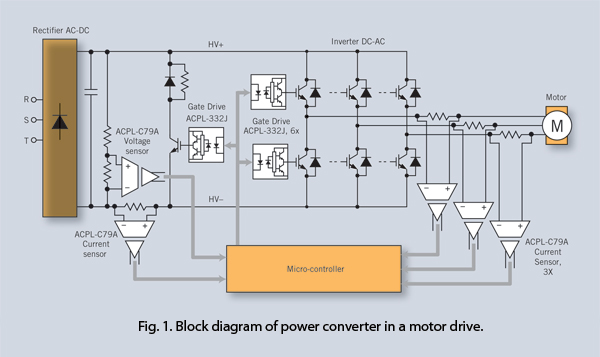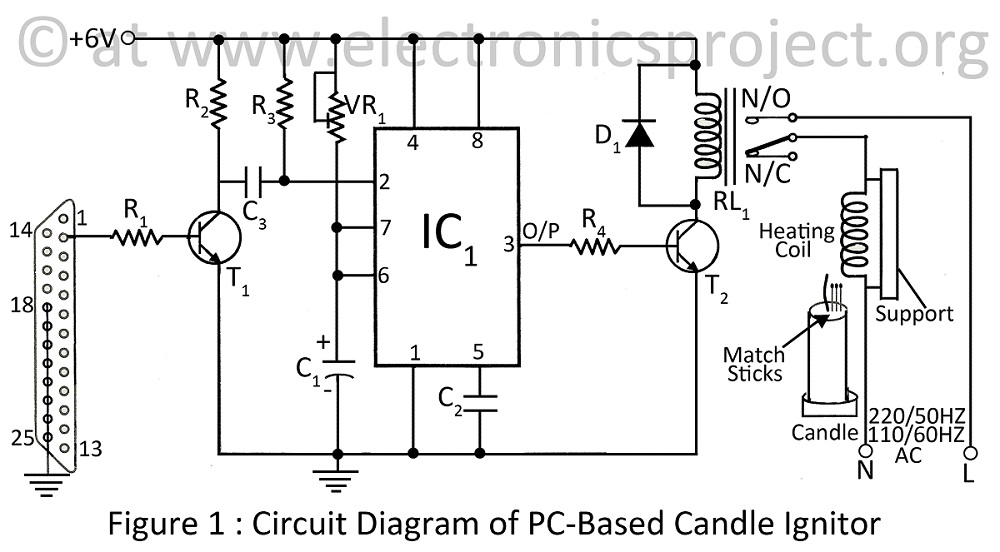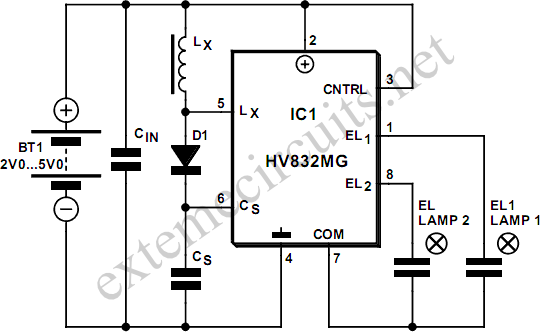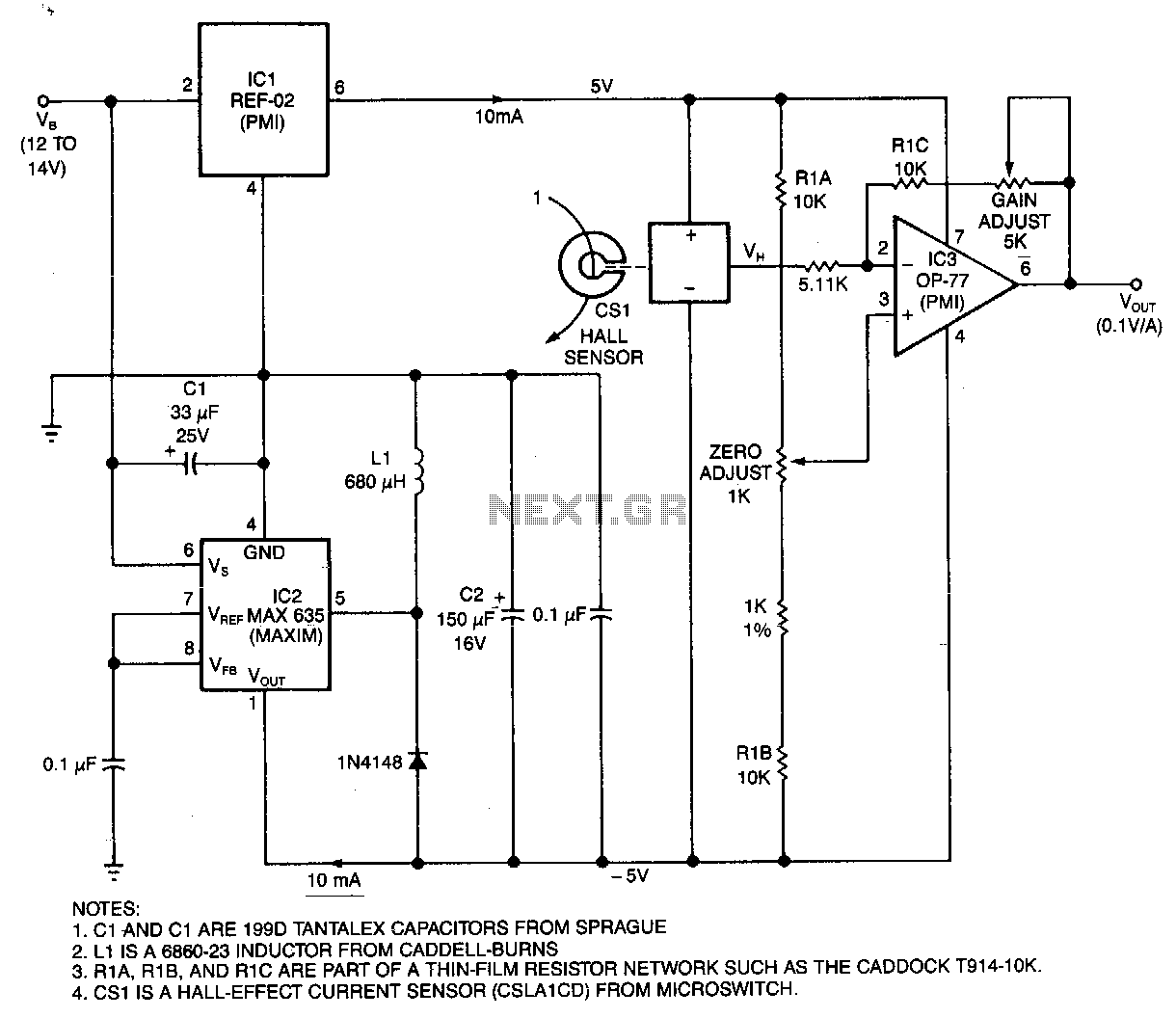
protect igbts sensing current using optical isolation amplifiers

Isolation amplifiers provide an effective method to protect IGBTs against over-current, overload, and overvoltage conditions in addition to their current/voltage sensing function. Using these devices together with feature-rich gate drivers, a cost-effective yet comprehensive IGBT protection scheme can be implemented.
Isolation amplifiers play a critical role in enhancing the reliability and safety of Insulated Gate Bipolar Transistor (IGBT) applications. These amplifiers are designed to electrically isolate the input from the output, allowing for safe measurement of high-voltage or high-current signals without direct electrical connection. This isolation is essential in preventing damage to sensitive control circuits and ensuring accurate sensing of voltage and current levels.
In an IGBT protection scheme, isolation amplifiers can monitor the operational parameters of the IGBT, such as drain-source voltage (V_DS) and gate-source voltage (V_GS). By continuously measuring these parameters, the isolation amplifier can detect conditions that may lead to over-current or overvoltage scenarios. When such conditions are identified, the isolation amplifier communicates with the gate driver to take appropriate actions, such as turning off the IGBT or adjusting the gate voltage to maintain safe operating conditions.
The integration of isolation amplifiers with advanced gate drivers enhances the functionality of the protection scheme. Gate drivers are responsible for controlling the switching of the IGBT and ensuring that it operates within its safe limits. Feature-rich gate drivers may include built-in protection features, such as under-voltage lockout (UVLO), over-temperature protection, and fault detection mechanisms. When combined with isolation amplifiers, these drivers can provide a robust solution that mitigates the risks associated with IGBT operation.
The overall design of an IGBT protection circuit utilizing isolation amplifiers and gate drivers should consider factors such as response time, thermal management, and component selection to optimize performance. The use of these devices not only improves the safety of the system but also enhances its efficiency, enabling reliable operation in various applications, including motor drives, power supplies, and renewable energy systems.Isolation amplifiers provide an effective method to protect IGBTs against over-current, overload and overvoltage conditions in addition to their current/voltage sensing function. Using these devices together with feature-rich gate drivers, you can implement a cost-effective yet full IGBT protection scheme..
🔗 External reference
Isolation amplifiers play a critical role in enhancing the reliability and safety of Insulated Gate Bipolar Transistor (IGBT) applications. These amplifiers are designed to electrically isolate the input from the output, allowing for safe measurement of high-voltage or high-current signals without direct electrical connection. This isolation is essential in preventing damage to sensitive control circuits and ensuring accurate sensing of voltage and current levels.
In an IGBT protection scheme, isolation amplifiers can monitor the operational parameters of the IGBT, such as drain-source voltage (V_DS) and gate-source voltage (V_GS). By continuously measuring these parameters, the isolation amplifier can detect conditions that may lead to over-current or overvoltage scenarios. When such conditions are identified, the isolation amplifier communicates with the gate driver to take appropriate actions, such as turning off the IGBT or adjusting the gate voltage to maintain safe operating conditions.
The integration of isolation amplifiers with advanced gate drivers enhances the functionality of the protection scheme. Gate drivers are responsible for controlling the switching of the IGBT and ensuring that it operates within its safe limits. Feature-rich gate drivers may include built-in protection features, such as under-voltage lockout (UVLO), over-temperature protection, and fault detection mechanisms. When combined with isolation amplifiers, these drivers can provide a robust solution that mitigates the risks associated with IGBT operation.
The overall design of an IGBT protection circuit utilizing isolation amplifiers and gate drivers should consider factors such as response time, thermal management, and component selection to optimize performance. The use of these devices not only improves the safety of the system but also enhances its efficiency, enabling reliable operation in various applications, including motor drives, power supplies, and renewable energy systems.Isolation amplifiers provide an effective method to protect IGBTs against over-current, overload and overvoltage conditions in addition to their current/voltage sensing function. Using these devices together with feature-rich gate drivers, you can implement a cost-effective yet full IGBT protection scheme..
🔗 External reference





